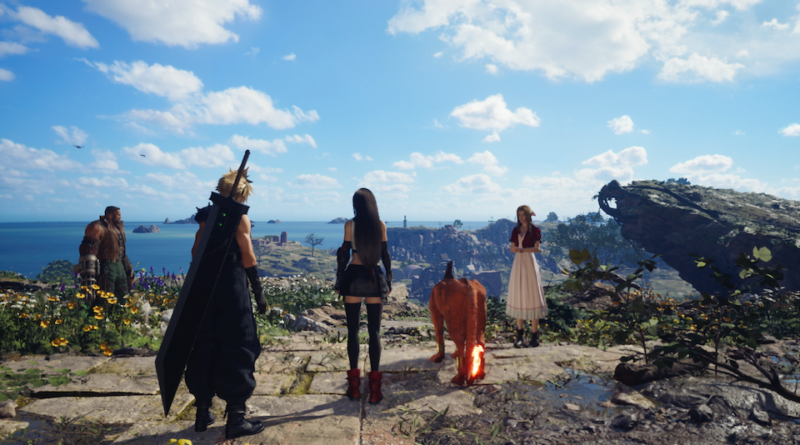‘Final Fantasy VII Rebirth’ is everything you could want it to be
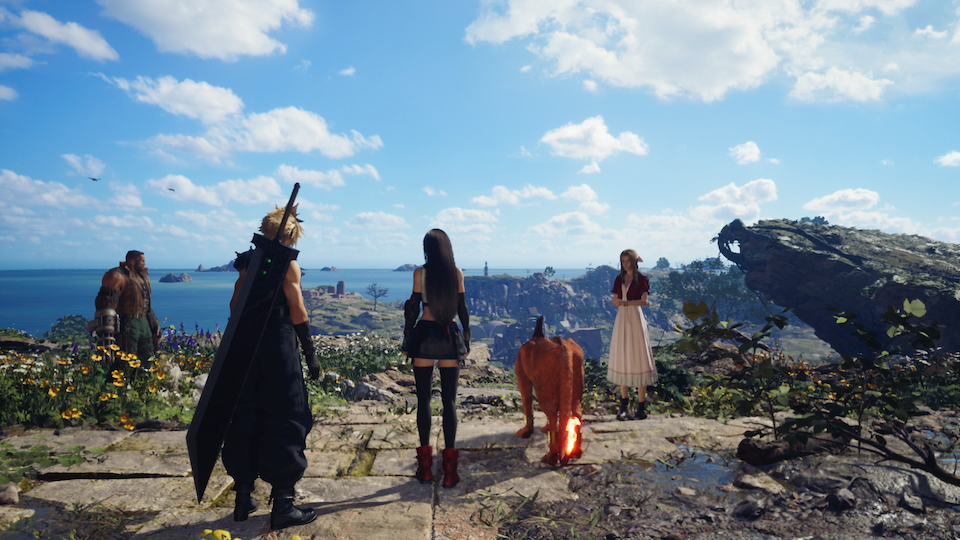
The best thing I can say about Final Fantasy VII Rebirth is that I frequently thought to myself “I can’t believe this game exists” during my 60 or so hours with it.
Following up on 2020’s Final Fantasy VII Remake was always going to be a tough task for two reasons: Remake itself was surprisingly great, and the original Final Fantasy VII is one of the most beloved RPGs of all time. Square Enix found itself in a situation where it had to please fans of two games with one, bound by one set of expectations created in 1997 and another created nearly 25 years later.
Unfathomably, Square did it. Rebirth is the kind of gigantic, expansive Japanese RPG that used to define summer vacations in the 90s, but with all of the modern luxuries of big-budget gaming in 2024. It’s lavishly produced from beginning to end, featuring capital-G Great side activities, a miraculous combat system, and a story that actually sticks the landing.
What I loved about Final Fantasy VII Rebirth
Warning: The following will feature spoilers for the end of Final Fantasy VII Remake
Everything is better with friends
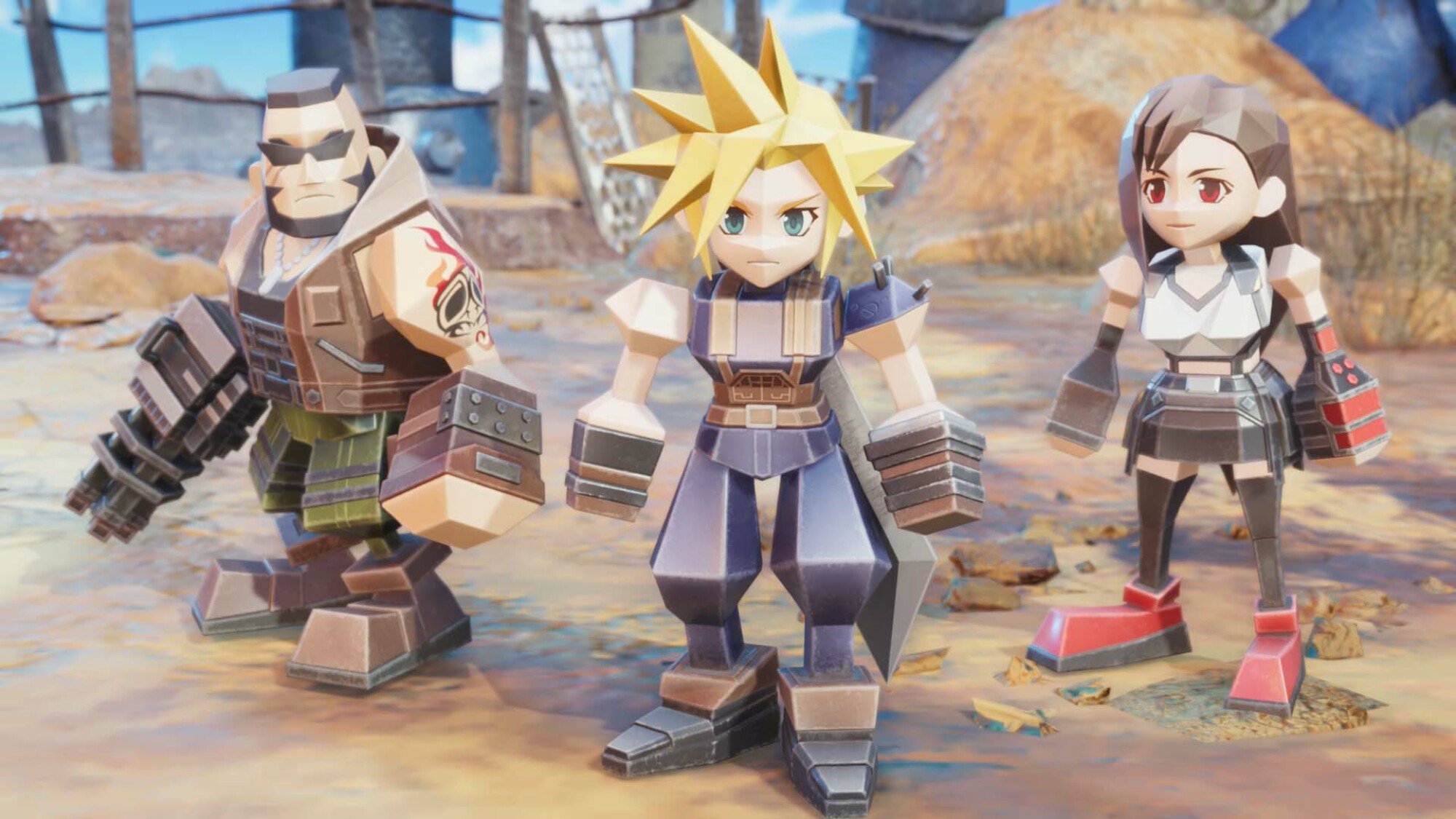
Rebirth unsurprisingly picks up right where Remake left off, as Cloud, Tifa, Aerith, and the rest of the original game’s classic party leave the dystopian metropolis of Midgar to explore the wider world and stop the iconic villain Sephiroth from doing all the bad things he wants to do. In that sense, it’s a fairly straightforward retelling of the middle portion of the original game.
In most other senses, though, it’s decidedly not that. As you may or may not recall, Remake ended with Cloud and co. killing an entity original to that game that can best be described as a “canon cop.” It was essentially the game’s writers giving themselves a lore justification for making changes to the story.
It was and remains a proposition that’s equal parts exciting and terrifying. Going in and mucking up one of the most cherished video game stories of all time has the potential to be a huge mistake, but it also keeps players new and old on their toes. It introduces a special kind of tension that can only exist when you know what’s supposed to happen, but not necessarily what will happen.
Speaking in the broadest terms possible, I think that approach paid off in Rebirth. Where Remake’s ending left me worried, Rebirth’s left me reassured that this is the right way to go. It’s great stuff.
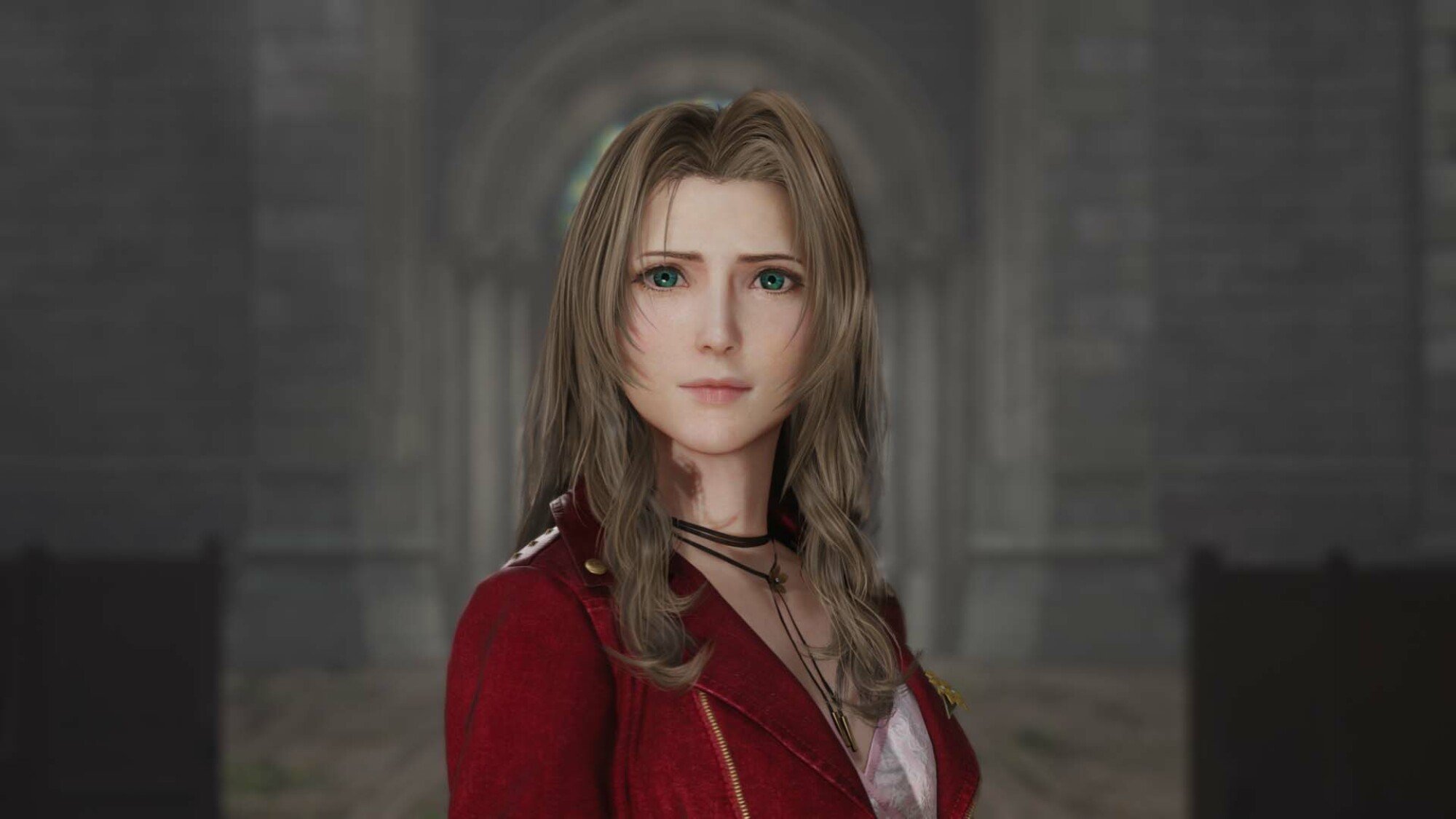
But the journey matters so much more than the destination in a game this large. Rebirth’s best narrative triumph is not its conclusion, but how it gets you to care about everything leading up to that. Unlike certain other recent Final Fantasy games, Rebirth gives its varied cast of central characters plenty of time to endear themselves to the player. Everyone has a story to tell and nobody feels like an afterthought…with the possible exception of some characters who are clearly going to play much bigger roles in the next game.
Oftentimes, the story will stop for a while, giving Cloud the chance to chat with his homies. These are actually opportunities to deepen Cloud’s bonds with his teammates via dialogue choices (with one major reward for doing so late in the game), but more to the point, they’re excuses to let these people be people.
Sure, I love controlling Barret and Yuffie in combat, but I truly felt attached to them because I got these chances to participate in mini-games or other non-combat hijinks with them. There are multiple hours-long sequences with no fighting at all. It’s awesome.
Even as someone who was fairly positive on Final Fantasy XVI at the time, playing Rebirth reinforced to me that this is what Final Fantasy can be at its best. The main characters feel like three-dimensional people and you’ll really grow to love them over the course of this long, long journey.
Big and beefy
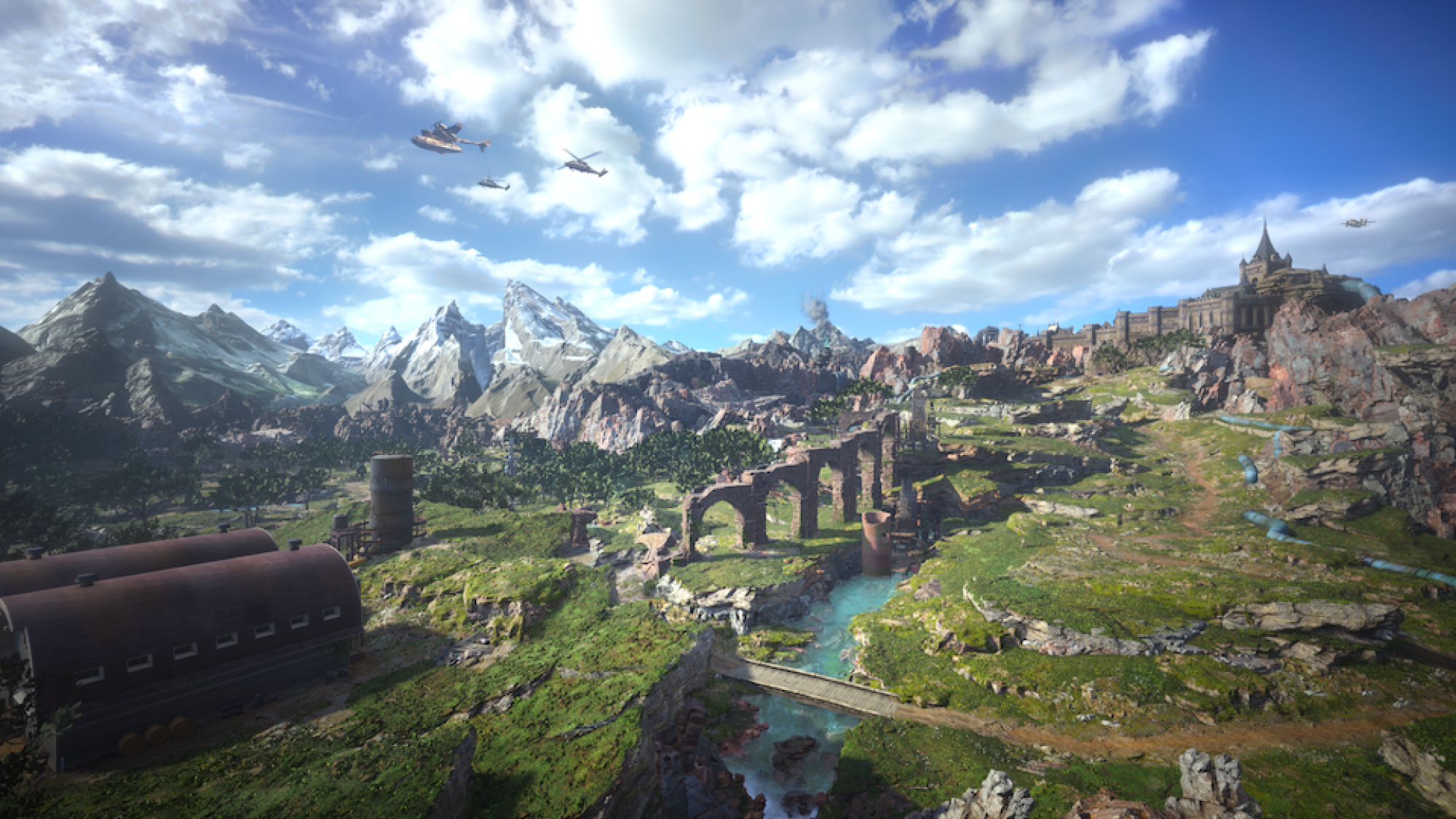
Did I mention that Rebirth is long? Where Remake was a modestly sized story with an almost entirely linear design ethos, Rebirth is the total opposite.
Square took the portion of FFVII that focuses most on running around the planet’s various regions and expanded it to gargantuan proportions, much more in line with what people expect out of a big RPG in 2024. There are about a half-dozen huge regions to explore, and each is filled with a solid variety of side activities to check out.
This kind of drastic formula change was risky, but it was for the best. Rebirth’s zone design works because each one is not actually as big as it seems, and no one side activity takes longer than 15 minutes or so. If you want, you can clear out everything there is to do in a given region in a couple hours. It’s big, but it’s also digestible. Moreover, you can just skip the side stuff and mainline the story if you feel like playing that way.
I wouldn’t recommend that, though, because the quality of side content in Rebirth is shockingly high. There isn’t a huge number of side quests, but each and every one has its own narrative arc that deepens Cloud’s bond with a party member in some way. Where XVI’s side quests were repetitive and boring, these are anything but. I constantly found myself exploring cool bespoke areas, hearing special voice acting and music made just for a side quest, and fighting unique enemies that you can’t find in the main story.
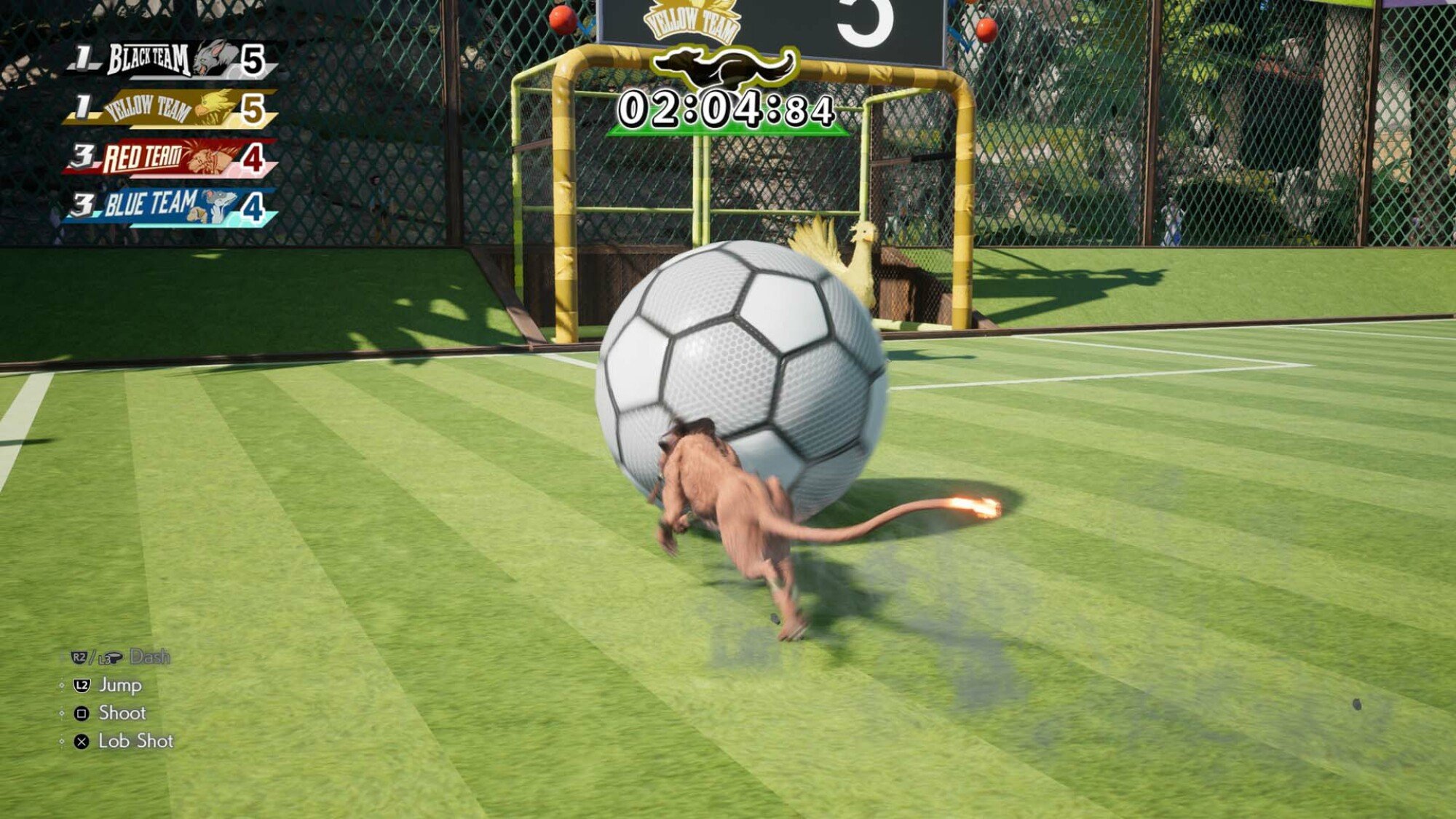
And while there is repetition to be found in the game’s slate of open world activities, Rebirth manages to keep things fresh regardless. Scanning crystals or fighting powered-up versions of regular enemies might not sound all that exciting on paper, but the unique traversal mechanics of each region make it fun to just get to objectives before you even complete them. Experiences like riding a buggy around the Corel desert or soaring over Cosmo Canyon on a gliding chocobo add a ton of juice to the exploration.
To put it simply, Rebirth does a great job of constantly making sure that you’re always doing something you haven’t done before. That brings me to its intense suite of mini-games. Every 60 to 90 minutes, Rebirth introduces some kind of new mini-game that’s both hilarious and more involved than it has any right to be.
My favorites included a parade march mini-game where you can manually set formations, a high-speed swimming activity involving a dolphin named Mr. Dolphin, weirdly fun chocobo races, a Star Fox rip-off, and a simple fighting game. That’s not to mention Queen’s Blood, a fully featured card game with an accompanying storyline that I didn’t even touch.
Not every mini-game is great (though the worst ones are also the most optional), but that’s beside the point. Rebirth’s nonstop, madcap sense of variety keeps the wheels spinning from hour one all the way to hour 60 and beyond.
Fight on!
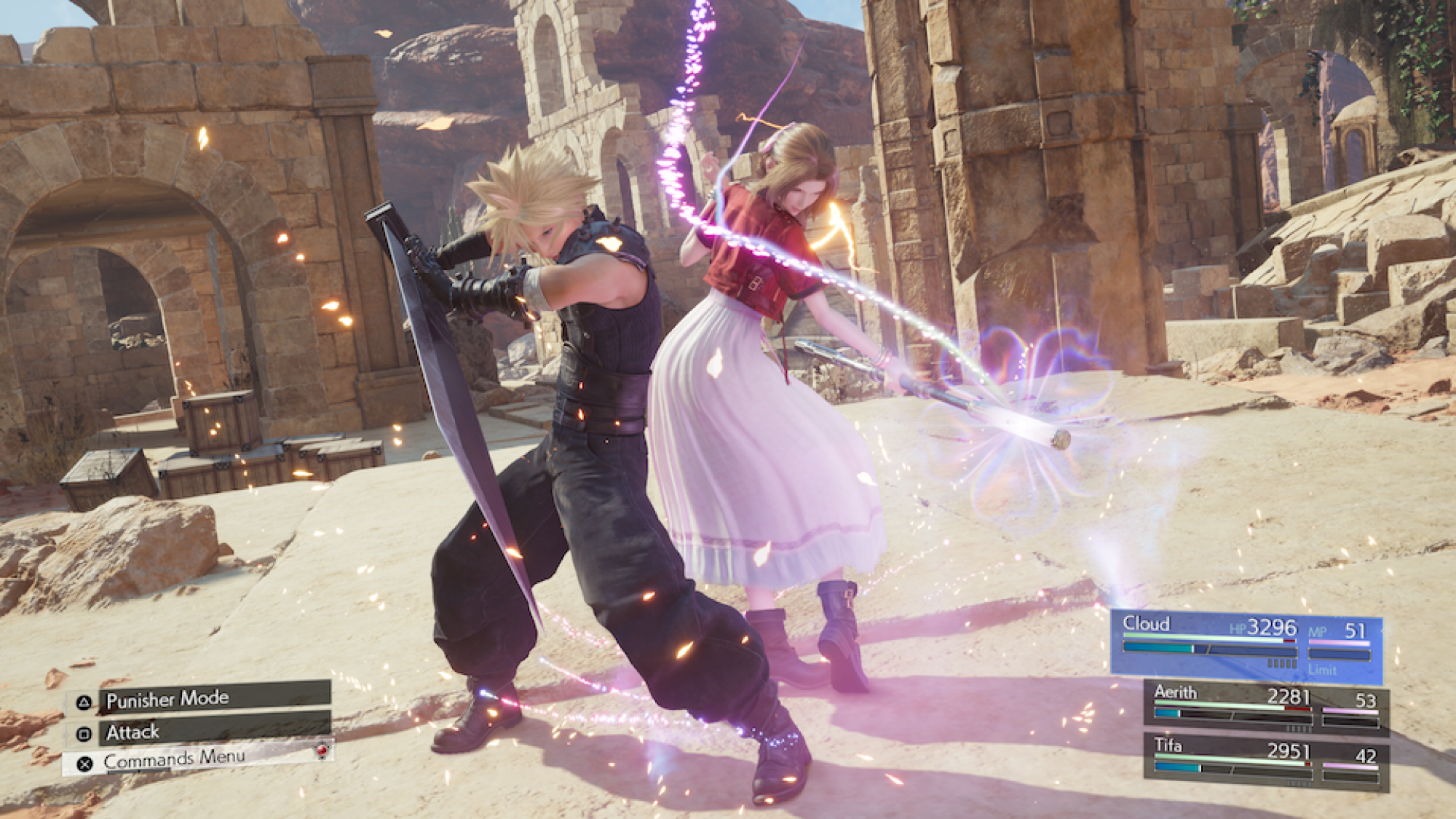
It doesn’t hurt that the combat is also best-in-class by modern action RPG standards. Though, anyone who played Remake could tell you it’s that good. After all, Rebirth changes little about what was already there, which is for the best.
To be more specific, this game retains the same unique mix of action and turn-based fighting that made Remake so special. You’ll directly control characters on the battlefield, with your button-mashed combos building up a meter that you can use to pause the game and pull off special abilities and cast spells.
Each character has their own set of mechanics that all feel rewarding to engage with. Red XIII, for example, can fill up a meter by blocking enemy attacks and, once full, unleash it to power up his basic moves and unlock new ones. Yuffie’s elemental ninjutsu from the Intermission DLC for Remake is back and still a ton of fun to play with, too.
Aside from a few new characters, Rebirth’s biggest combat addition is the concept of synergy. Characters can now team up for special combo moves that are both incredibly flashy and eminently useful. I’m a big fan of the one where Barret launches Red XIII at an enemy like a football, personally. Each of these moves activates some kind of special effect (like temporary unlimited MP or stronger ultimate moves), and you can only do them if you stay diligent about switching between characters during fights.
Just like in Remake, the combat in Rebirth is self-evidently fun on the surface and well worth mastering. When you get into its special flow state and find yourself switching between characters every five seconds during a stressful boss fight, steadily filling up a stagger meter before unleashing hell and winning by the skin of your teeth, it’s as good as RPG combat gets.
What I disliked about Final Fantasy VII Rebirth
You can’t just keep doing Kingdom Hearts
Truthfully, there isn’t a lot I dislike about Rebirth. It’s a fantastic game. However, I have one gripe: It’s a little bit too much like Kingdom Hearts in the worst way.
By that I mean Rebirth has a bit of an annoying habit of referencing or even giving important roles to characters and events from other tertiary Final Fantasy VII media. There’s one guy in particular who seems like he matters a lot, and when I Googled his name, I found out he was from a mobile game I never played. Come on, man.
This is a small problem that is pretty easily ignored, but just be prepared to occasionally feel a little lost if you aren’t fully bought into every FFVII spin-off.
Final thoughts
If you felt that Final Fantasy XVI wasn’t enough of an RPG, or wasn’t colorful or jovial enough, or didn’t have enough mini-games, Rebirth is for you. If you don’t care about those things at all, Rebirth might also be for you. It’s just an all-around excellent video game.
For brevity’s sake, I haven’t even touched on other aspects of its greatness, such as a perfectly hummable soundtrack and its nearly flawless performance on PS5. There’s a lot going on in Rebirth, and by some miracle, almost all of it works. It isn’t filled with a droning hum of content like Starfield was. Everything that’s here feels thoughtful and hand-crafted.
I can’t wait for people to spend dozens of hours playing the damn card game and ignoring all that other great stuff I talked about, too.
